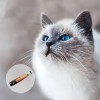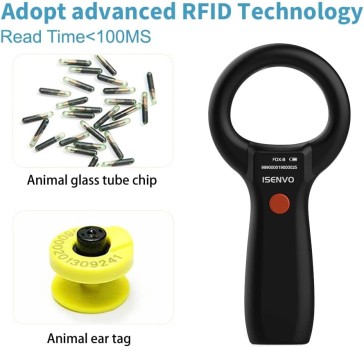Pet readers are mainly used in the field of pet management, achieving rapid identification and data management of pet identity and health information through RFID technology. They are commonly used in scenarios such as pet chips and ear tags.
Core application scenarios
Pet identification
By implanting low-frequency RFID chips into pets or wearing ear tags, rapid identification of pet identity can be achieved. For example, the dog keeping chip is synchronously implanted during dog registration to track pet information.
Applied to access control management, pet hospitals, animal immunization centers, and other scenarios, supporting unified device reading of information.
Health and Behavioral Data Management
Record pets' immunization history, medical history, fertility records, etc., and update them in real-time to the backend database through RFID readers.
Support automatic feeding, activity pattern analysis and other functions to optimize feeding management.
Pet Tracking and Retrieval
When a pet is lost, it can be quickly located and traced by reading chip information.
Technical Features
Non contact recognition: Data collection can be completed without direct contact with pets.
Information sharing: Pet hospitals, owners, and management departments can access data through a unified platform.
Other related applications
Animal tag market: including pig management, poultry tracking, etc., recording individual information through RFID tags.
Special industry applications: such as laboratory animal management, wildlife monitoring, etc.










Validate your login